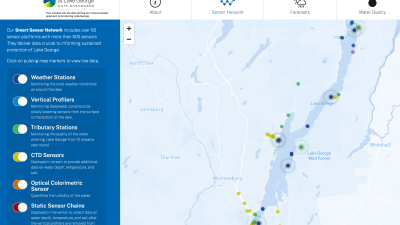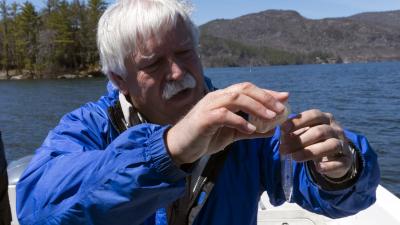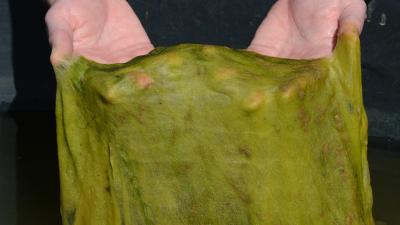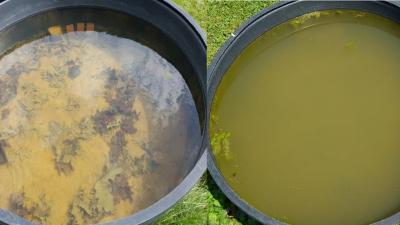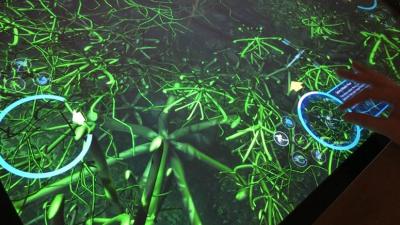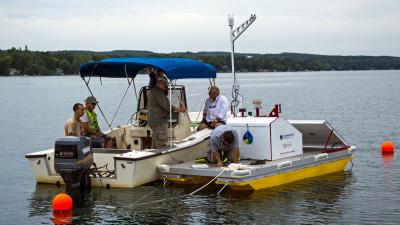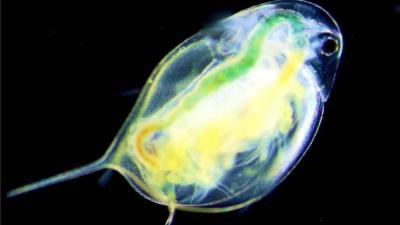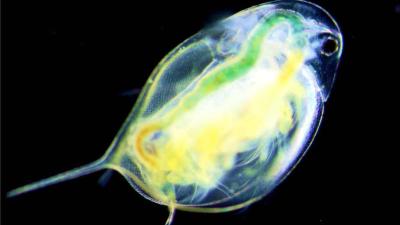Jefferson Project Makes Lake George Science Data Publicly Available Through New Digital Dashboard
The Jefferson Project at Lake George is making real-time water quality and weather data from its unprecedented scientific monitoring and research program available directly to the public through a new digital Data Dashboard at jeffersonproject.live.
